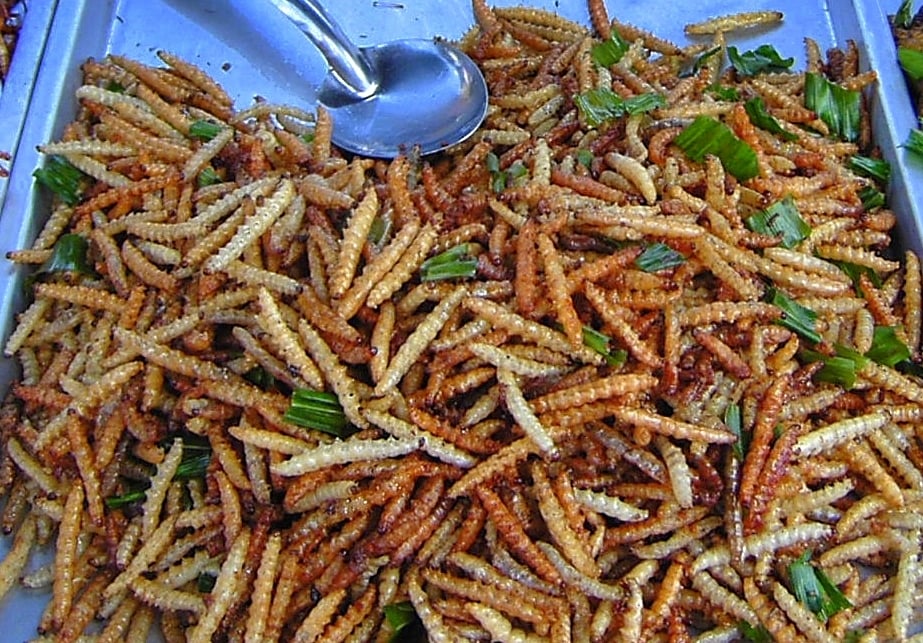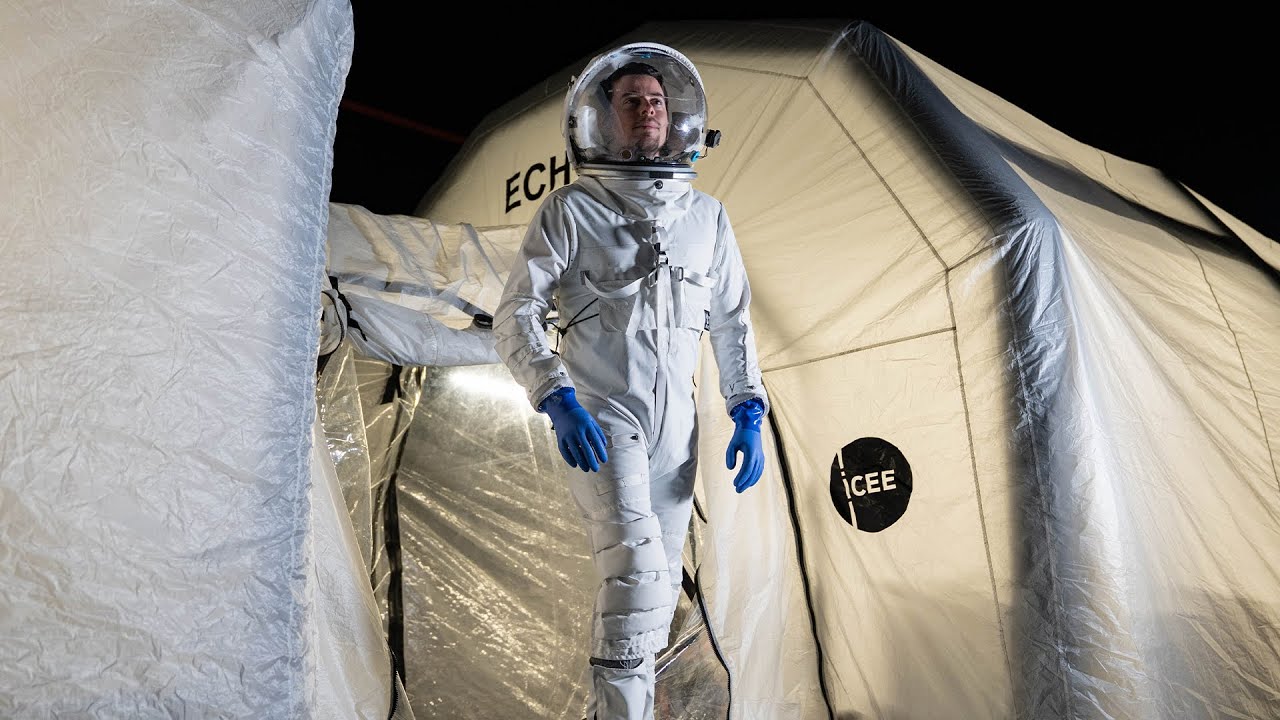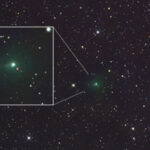Set of iCOMs considered in this work. Color code: red for oxygen, white for hydrogen, gray for carbon, and blue for nitrogen. — The Astrophysical Journal Interstellar dust grains are
Hot Posts832- Page
There are no confirmed exomoons, moons orbiting distant exoplanets in other solar systems. There are a few candidates, but none have passed the threshold and been accepted as confirmed. But
Insects have been travelling to space since 1947, but now they might become dinner for astronauts on missions to the Moon and Mars. A new European Space Agency study explores
As stars age, they expand. That’s bad news for planets orbiting close to their stars, according to a new study published in the Monthly Notices of the Royal Astronomical Society
Generations of astronauts have spoken about how hard it is to move your limbs inside a spacesuit, where pressurization protects your body — but creates resistance. A new “exosuit,” tested
You may not be able to grow bigger muscles out of thin air, but you can 3D print them in microgravity, scientists at ETH Zurich have now established. “3D printing”
Space dust provides more than just awe-inspiring pictures like the Pillars of Creation. It can provide the necessary materials to build everything from planets to asteroids. But what it actually
Long before humans reached orbit, insects had already shown they could handle the hurdles of spaceflight. Light, highly adaptable and nutritionally rich, these resilient animals present an attractive option for
An artist’s rendering of a Rocket Lab Neutron rocket during stage separation. Illustration: Rocket Lab The inaugural flight of Rocket Lab’s reusable, medium-lift Neutron rocket is now set for 2026,
-
 012024 in Review: Highlights from NASA in Silicon Valley
012024 in Review: Highlights from NASA in Silicon Valley -
 02Panasonic Leica Summilux DG 15mm f/1.7 ASPH review
02Panasonic Leica Summilux DG 15mm f/1.7 ASPH review -
 03How New NASA, India Earth Satellite NISAR Will See Earth
03How New NASA, India Earth Satellite NISAR Will See Earth -
 04And Thus Begins A New Year For Life On Earth
04And Thus Begins A New Year For Life On Earth -
 05Astronomy Activation Ambassadors: A New Era
05Astronomy Activation Ambassadors: A New Era -
06SpaceX launch surge helps set new global launch record in 2024
-
 07Space Force plans new ‘Futures Command’ amid pressure to speed up modernization
07Space Force plans new ‘Futures Command’ amid pressure to speed up modernization










